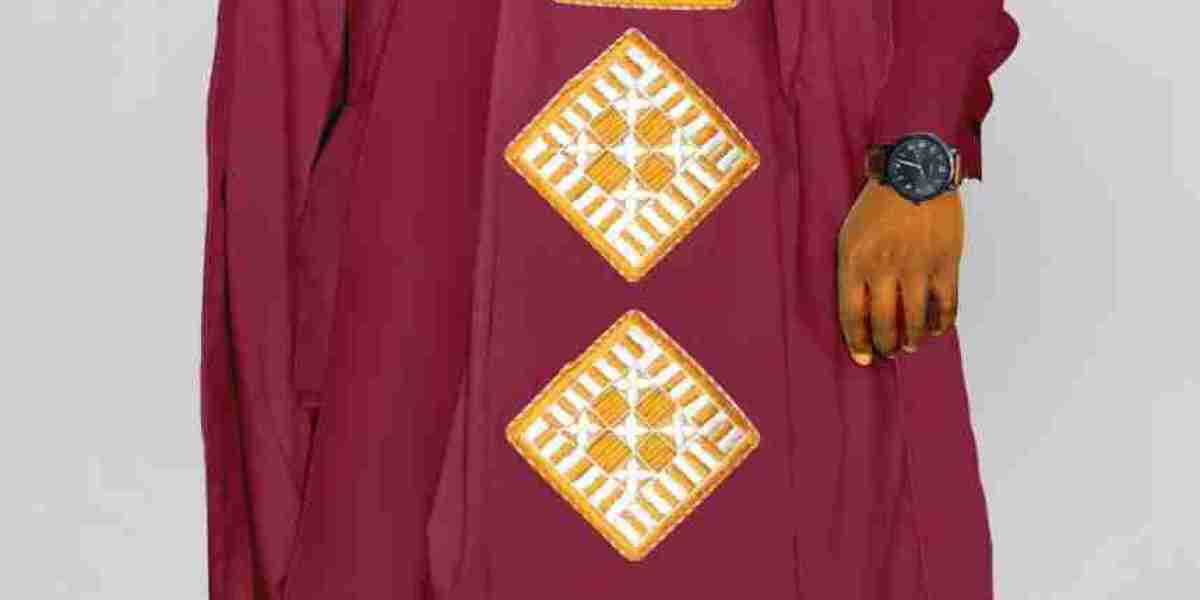An african clothing is a tapestry of history, culture, and artistic expression. Across the continent, the garments worn by people are not just about fashion but are also a testament to traditions, social identity, and craftsmanship. From the bright kente cloths of West Africa to the intricate beadwork of the Maasai people in East Africa, the clothing reflects the diversity of Africa’s cultural heritage. This article delves into the significance of African clothing, its traditional roots, modern influences, and how it continues to shape global fashion.
The Roots of African Clothing
African clothing is steeped in history, with each region and ethnic group having its unique style that dates back centuries. Historically, fabrics were handwoven using natural fibers such as cotton, wool, and raffia. The process of dyeing and weaving was an art form in itself, passed down through generations. For instance, the famous Kente cloth of the Ashanti people in Ghana is made from silk and cotton and woven in bright, geometric patterns. It holds deep cultural significance and is often reserved for special occasions such as weddings, coronations, or festivals.
Similarly, the Dida people of Côte d'Ivoire are known for their handwoven cloth made from raffia fibers, while the Tuareg people in the Sahara desert have distinct indigo-dyed robes. Each garment often tells a story of the people who made it, their environment, and their cultural beliefs.
Symbolism in African Clothing
African clothing is rich in symbolism. Colors, patterns, and textiles are not merely decorative but convey messages about the wearer’s status, identity, and even spirituality. In many cultures, certain colors are associated with different meanings. For example, in Ghana, yellow signifies wealth and fertility, while green represents growth and renewal.
The designs and symbols on fabrics can also have deeper meanings. The Adinkra symbols of the Akan people, often printed on cloth in Ghana, represent proverbs, historical events, and human behavior. Wearing these clothes conveys specific messages depending on the occasion or the wearer’s intentions.
The Role of Gender and Social Status
In African societies, clothing can also indicate gender, age, and social standing. Traditional garments such as the Boubou, a wide-sleeved robe worn in West Africa, are often worn by both men and women but with slight variations. Men's versions may be more elaborate, signifying their status in society. Among the Yoruba people of Nigeria, the Agbada, a flowing gown, is worn by men during important social events and ceremonies, symbolizing authority and prestige.
For women, garments such as the wrapper (often called a lappa or kanga in different regions) are versatile pieces of cloth tied around the waist or shoulders. In East Africa, the kanga cloth often comes with Swahili proverbs printed on it, highlighting themes of wisdom, community, and womanhood.
Modern African Fashion: Blending Tradition with Contemporary Style
While traditional African clothing remains significant, modern African fashion is undergoing a dynamic transformation. African designers are gaining international recognition for blending traditional textiles, patterns, and techniques with contemporary styles. Designers like Ozwald Boateng, Laduma Ngxokolo, and Lisa Folawiyo have successfully brought African-inspired fashion to global runways, showcasing the richness of African fabrics like Ankara, Dashiki, and Shweshwe.
Ankara, a brightly patterned cotton fabric popular in West Africa, has become a staple in modern fashion. It is versatile, used for everything from dresses and suits to accessories like bags and shoes. The global demand for African prints and designs has also led to a rise in ethical fashion brands that prioritize sustainability and support local artisans.
The Influence of African Clothing on Global Fashion
African clothing and textiles have had a significant influence on global fashion. Designers around the world have embraced the bold prints, vibrant colors, and intricate patterns found in African designs. Major fashion houses have incorporated African-inspired pieces into their collections, leading to a rise in the popularity of African aesthetics on the global stage.
Celebrities and influencers have also played a role in bringing African fashion to the forefront. The late Chadwick Boseman famously wore African-inspired garments to the premiere of Black Panther, a film that celebrated African heritage and culture. The movie’s success not only highlighted the beauty of African fashion but also sparked a renewed interest in African art, history, and traditions worldwide.
The Future of African Fashion
The future of African fashion is bright. With a new generation of designers embracing both traditional and modern influences, African clothing continues to evolve. African fashion weeks held in cities like Lagos, Johannesburg, and Dakar showcase the innovation and creativity of African designers, allowing them to connect with global audiences.
Furthermore, as sustainability becomes a key focus in the fashion industry, African clothing’s emphasis on handmade, locally sourced materials aligns with the movement towards ethical fashion. African textiles, which are often created using sustainable techniques passed down through generations, provide a model for how fashion can be both beautiful and environmentally conscious.
Conclusion
An african print dresses is a vibrant expression of the continent’s rich cultural diversity, history, and craftsmanship. Whether rooted in tradition or reimagined for the modern world, African fashion celebrates identity, community, and artistry. As African designers continue to push boundaries, the global fashion industry is increasingly recognizing the influence and importance of African textiles and styles. The future of African clothing lies in its ability to honor the past while embracing innovation, making it a powerful symbol of culture and creativity.














